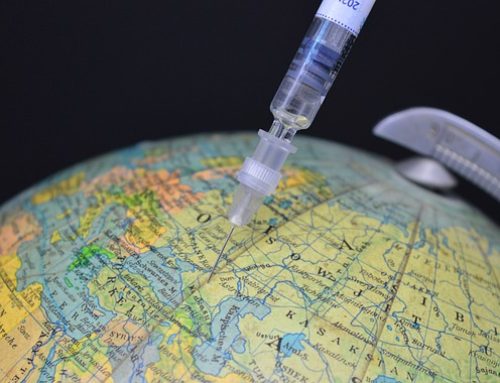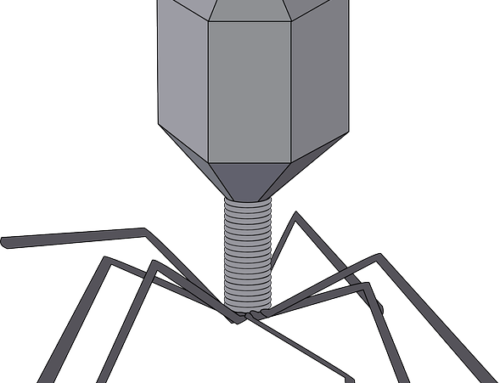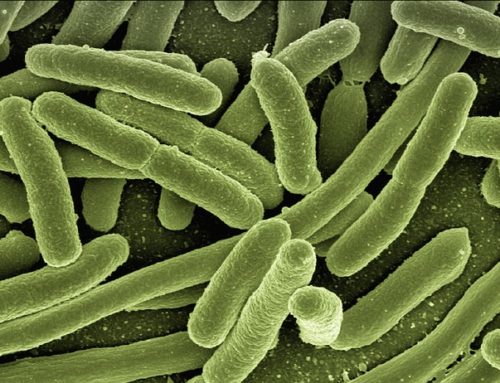Relative sizes of microorganisms:
Protozoa > Red Blood cell > Yeast > Bacteria > Mycoplasma > Viruses
- Fungi
1. David Gruby (1841-1845) identified yeast infections as the cause of thrush and
fungi as the cause of ringworm.
- Raymond Sabouraud (ca. 1890) refined techniques for the study of fungi in pure culture.
- Protozoa and Helminths
1. Leeuwenhoek observed protozoa, most likely Giardia lamblia in his own feces, in
1676.
2. Most of the protozoa and helminths (worms) that infect humans were described in
the 19th century.
- Viruses
1. Much more difficult to demonstrate as causative agents of disease.
a. Invisible by light microscopy (need an electron microscope); filterable.
b. Obligate intracellular parasites (need cell culture or animals to propagate).
- Prions
1. Novel infectious agent composed solely of protein. Like the idea of bacteria and viruses once did, these agents challenge our fundamental ideas of infectious agents.






Leave a Reply